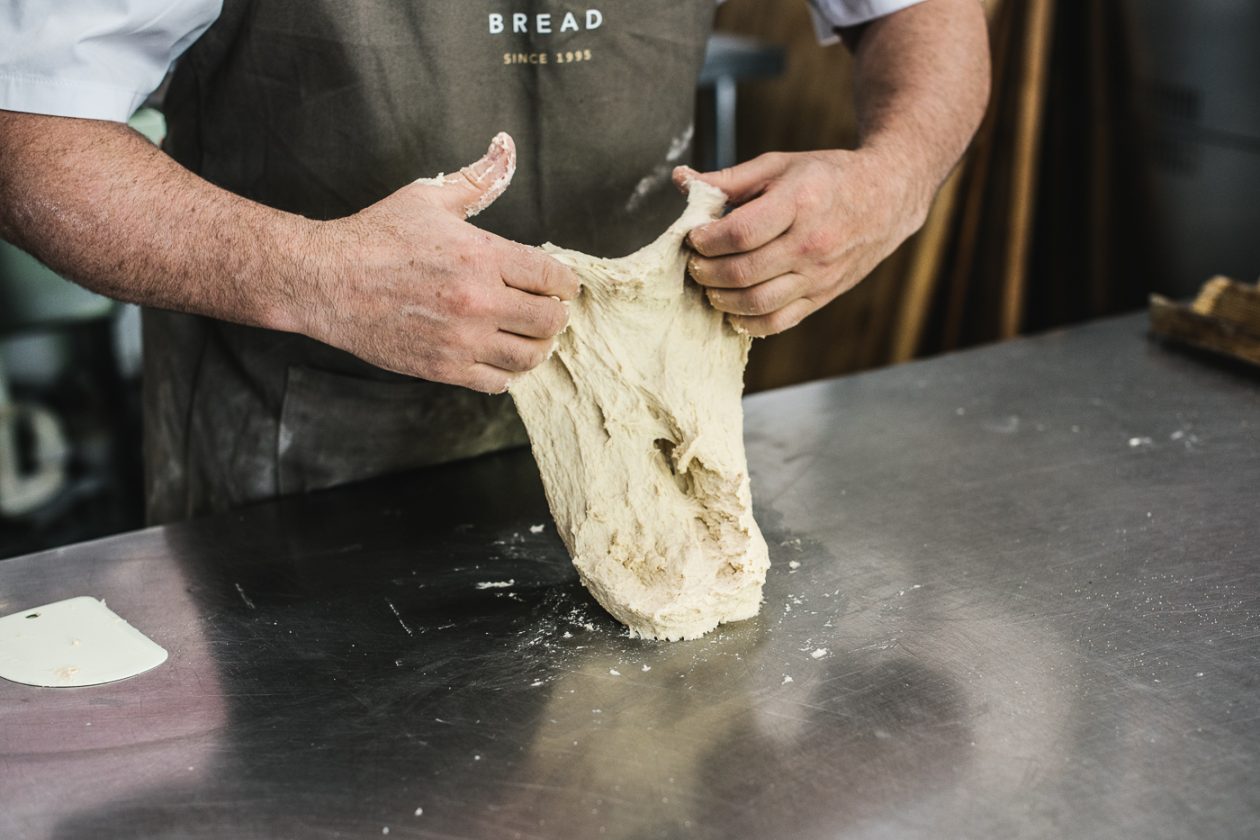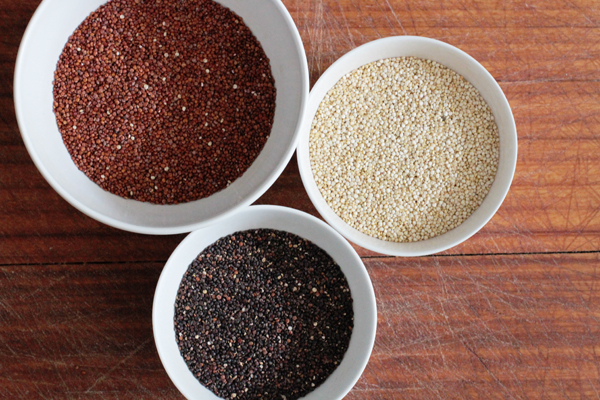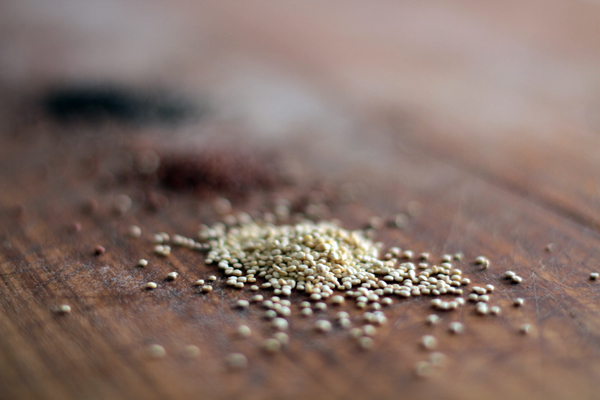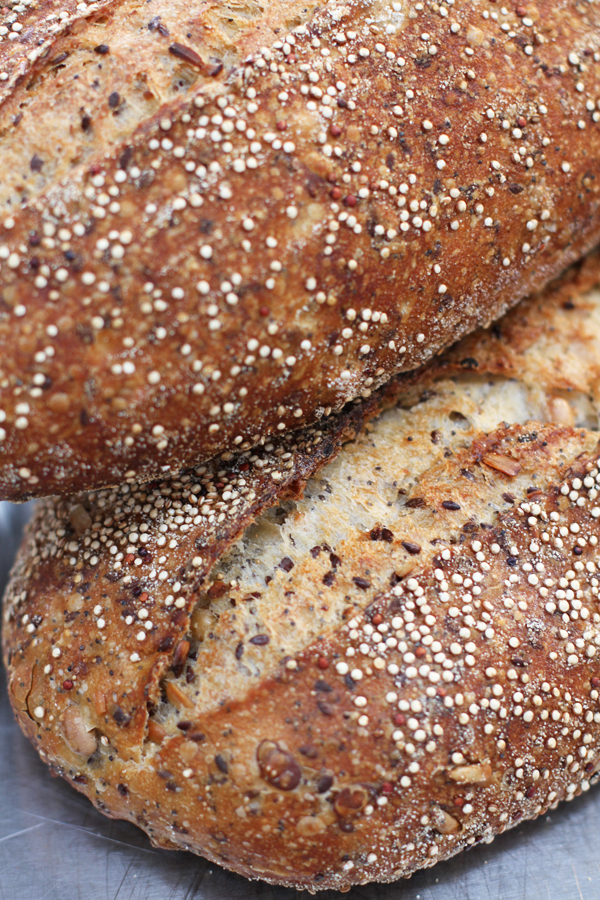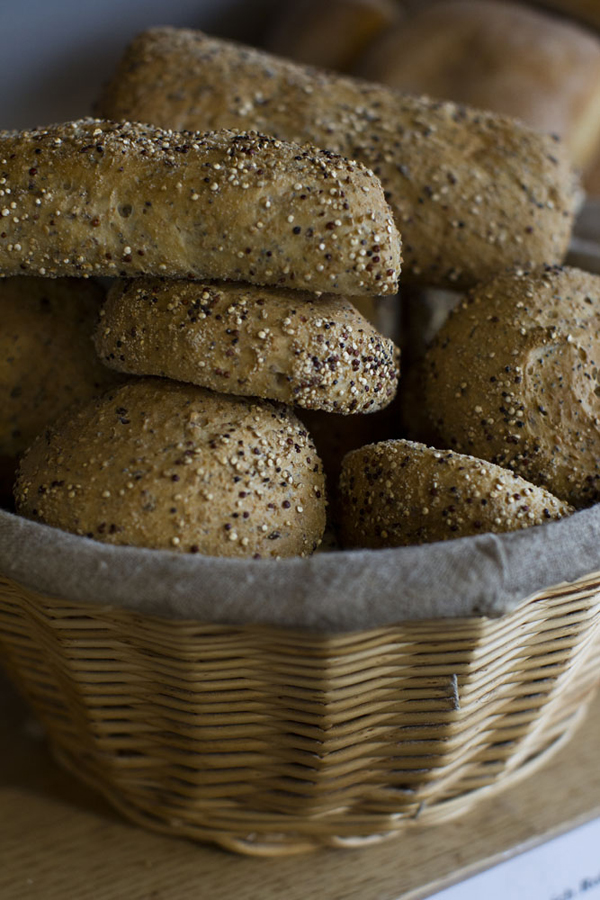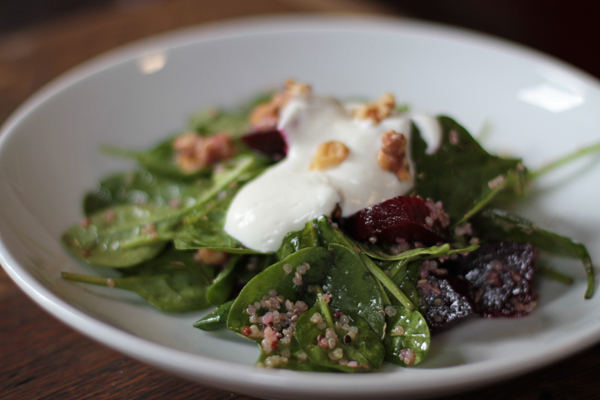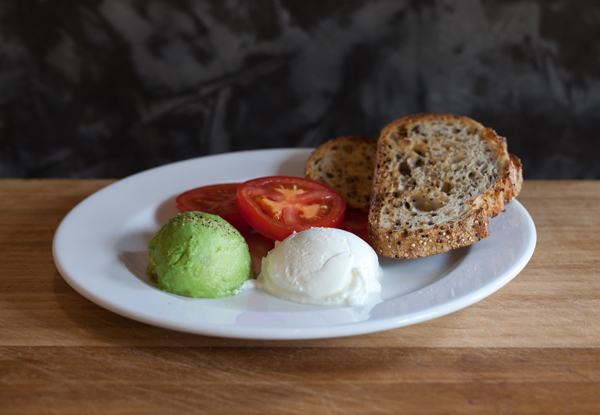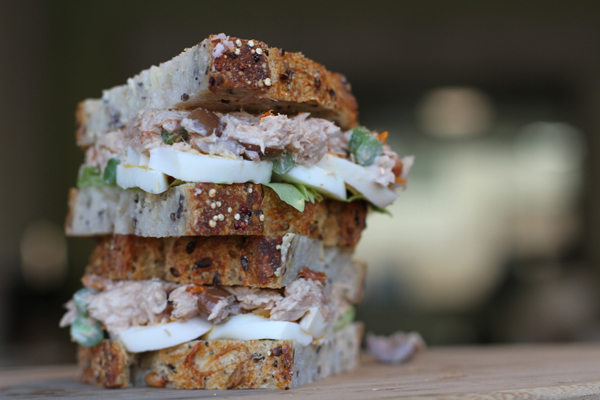Quinoa originates in the Andes, where it was domesticated over 3000 years ago. It’s now often regarded as a ‘superfood’ because of its nutritive benefits. The crunchy, gluten-free seed is becoming increasingly popular amongst health-conscious foodies and is making an appearance in baked goods, cafe dishes and home cooking. Brasserie Bread’s second best-selling bread is in fact the Quinoa & Soya Loaf, an organic sourdough bread packed with quinoa, soya beans, amaranth, linseed, poppy seeds and sunflower seeds. We’ve been baking this loaf since 2008, and have never looked back.
Want to know more about quinoa? Check out these ten fun facts that we’ve compiled for you.
1. Quinoa is a seed
Quinoa is an ancient grain crop, but it’s the edible seeds that we’re normally referring to in day-to-day use. The way quinoa is used in cooking often makes it seem like a grain.
2. Quinoa is a complete protein
This means it contains all nine essential amino acids, which is quite rare for plant-based foods. This is great news for vegetarians and vegans who wouldn’t be consuming complete proteins like meat, seafood or eggs.
3. It’s pronounced keen-wah
4. The Incas deemed quinoa to be sacred
They called quinoa chisaya mama, which means ‘mother of all grains’.
5. Quinoa contains saponins
There are saponins (glycosides with foaming characteristics) in the coating of quinoa, which have a bitter taste – as a result the seeds must be washed before eating. Fortunately, the coating actually helps during cultivation because it keeps pesky birds away.
6. Most of the quinoa sold in Australia is imported
Quinoa is usually imported from South America. In Western Australia’s Wheatbelt there are a few farmers trialling the quinoa crop; and so far it’s proving to be difficult and disappointing. Rural Industries Research and Development Corporation has reported that a ‘reliable supply of [quinoa] grain in Australian is a problem’.
7. Quinoa comes in different colours
Most people are familiar with white quinoa, but there are many other colours as well. At Brasserie Bread we use white, red and black varieties in our quinoa & soya sourdough loaf and seeded rolls. According to the Food and Agriculture Organization of the UN, there are more than three thousand varieties of quinoa.
8. Quinoa is related to spinach, Swiss chard and beets
9. The UN declared 2013 the International Year of Quinoa
The goal was to acknowledge the Andean indigenous people who have preserved quinoa to this day, but also to ‘promote traditional or forgotten crops as a means to combat hunger and promote healthy eating’. The UN aimed to build awareness around quinoa, especially its biodiversity and nutritional value.
10. Quinoa is very versatile
It’s not only perfect in bread and baking, but the ways of using quinoa is so adaptable. Try serving it like rice or in a porridge. Use it as a cereal, make it into a pasta or maybe even try your hand at making chicha, a homemade fermented drink of the Andes. Tip: here’s a tuna nicoise recipe that’s absolutely delicious on quinoa & soya bread.
